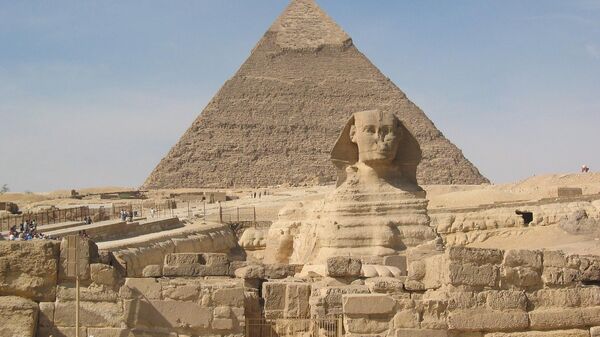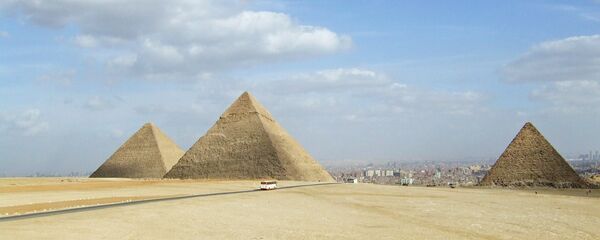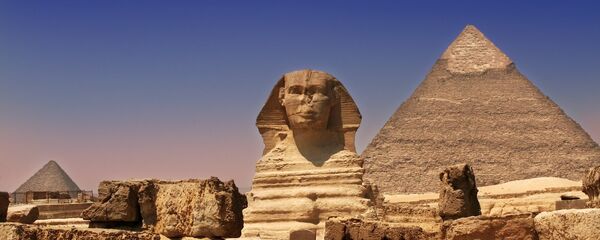In November 2017, the magazine Nature published the results of the ScanPyramids project revealing that there is a large cavity at least 30 meters long within the Pyramid of Cheops (Giza Pyramid) in Egypt. Since then, scientists and archaeologists around the world have been trying to discover what this void contains and what its purpose was.
Giulio Magli, professor of Mathematics and Archaeoastronomy at the Politecnico di Milano, has proposed one of the first hypotheses; his conclusions were published by Eurekalert.
Magli believes that the answer can be found in the burial religion of the ancient Egypt.
"There is a possible interpretation, which is in good agreement with what we know about the Egyptian funerary religion as witnessed in the Pyramids Texts. In these texts it is said that the pharaoh, before reaching the stars of the north, will have to pass the "gates of the sky" and sit on his "throne of iron,” Magli was reported as saying by Eurekalert.
“The room may contain, at its upper end and exactly under the apex of the great pyramid, an object needed by Cheops after crossing the doors: the "iron throne" mentioned in the Pyramid Texts,” Magli said.
He recalled that inside the same pyramid the throne of Cheop’s mother Queen Hetepheres had been discovered. It had a low cedar base covered in gold and faience.
“Cheops' could be similar, but coated with thin iron sheets. Of course it would not be melted iron, but meteoritic iron, that is, fallen from the sky in the form of Iron meteorites [distinguishable due to the high percentage of Nickel] and again cited in the Texts,” Magli said.
The pyramid of Cheops also known as the Giza Pyramid is one of the Seven Wonders of the World, which was built in the middle of the third millennium BC, at the time of Pharaoh Khufu (Cheops), representative of the Fourth Dynasty of the Ancient Egyptian Kingdom.
The structure, 145 meters in height and 230 meters in width, remains one of the tallest and largest structures ever built by mankind.




